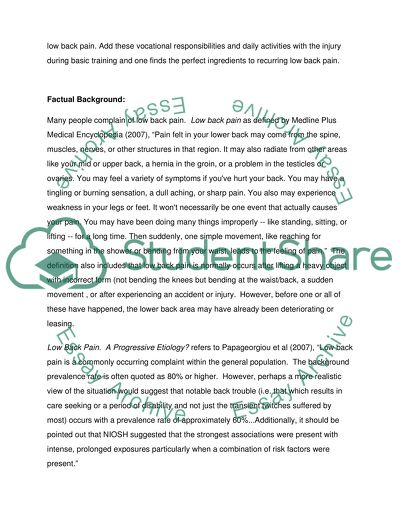Cite this document
(“Occupational Health Medicine Assignment Example | Topics and Well Written Essays - 1500 words”, n.d.)
Occupational Health Medicine Assignment Example | Topics and Well Written Essays - 1500 words. Retrieved from https://studentshare.org/health-sciences-medicine/1503280-occupational-health-medicine
Occupational Health Medicine Assignment Example | Topics and Well Written Essays - 1500 words. Retrieved from https://studentshare.org/health-sciences-medicine/1503280-occupational-health-medicine
(Occupational Health Medicine Assignment Example | Topics and Well Written Essays - 1500 Words)
Occupational Health Medicine Assignment Example | Topics and Well Written Essays - 1500 Words. https://studentshare.org/health-sciences-medicine/1503280-occupational-health-medicine.
Occupational Health Medicine Assignment Example | Topics and Well Written Essays - 1500 Words. https://studentshare.org/health-sciences-medicine/1503280-occupational-health-medicine.
“Occupational Health Medicine Assignment Example | Topics and Well Written Essays - 1500 Words”, n.d. https://studentshare.org/health-sciences-medicine/1503280-occupational-health-medicine.


